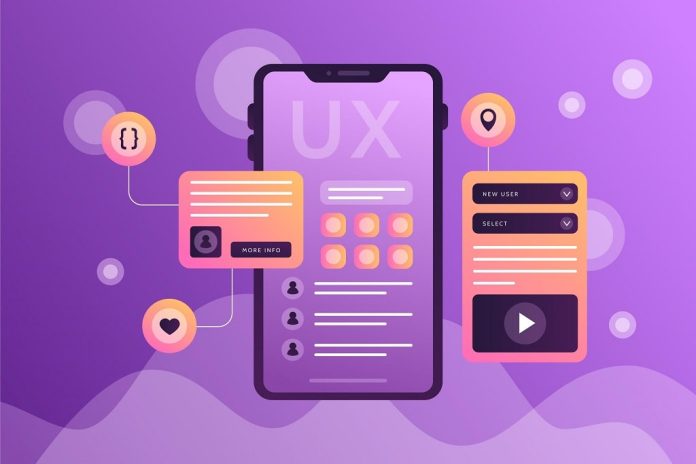In the last few years, Google has started focusing more and more on UX factors such as time spent on the page and bounce rate. The search engine’s algorithms started using these metrics to assess website visitors’ level of satisfaction.
Truth be told, Google was always a company that catered to internet users. They always wanted to create a simpler, more efficient browsing experience so that people could easily find answers to their questions. So, it shouldn’t be surprising that marketing experts are constantly harping on subjects such as website speed and mobile friendliness.
In this article, we’ll talk about 5 things that can severely improve (or ruin) your visitors’ website browsing experience.
#1. Internal search
 When a person lands on a website, they tend to stay there for a while. If they were satisfied with the first article they read, there’s a good chance they’ll visit other pages to learn more about the topic. Unfortunately, some websites make the visitors’ browsing experience much more complicated than it needs to be.
When a person lands on a website, they tend to stay there for a while. If they were satisfied with the first article they read, there’s a good chance they’ll visit other pages to learn more about the topic. Unfortunately, some websites make the visitors’ browsing experience much more complicated than it needs to be.
One of the biggest SEO sins is not having a functional internal search bar. As you probably know, this bar allows guests to type in a specific keyword and browse related topics. It’s something that can significantly improve UX and, thus, your SEO performance.
“The most common placement for the search bar is in the top right corner,” according to Fast Simon, a shopping optimization company. However, some website owners try to be slick by putting it in the most unusual spots. That way, even if a visitor would like to read posts on other pages, they would be prevented from doing so.
#2. Interlinking
Staying on browsing topics, interlinking is the second major thing you need to consider.
If you wish for people to stay on your blog and read more articles, you need to guide them. Whenever it makes sense, create internal links that would lead to relevant posts on other pages. Links to service and product pages are also excellent as they improve UX while bringing more profits.
But interlinking isn’t only important for people; it’s also crucial for Google’s algorithms. A concept of pointing to a single extensive article from numerous smaller ones is called clustering or pillar pages. This is a method of increasing the importance of a single blog post by telling Google what to prioritize.
#3. Page speed
Slow page speed can be a hindrance from the get-go. According to many marketing studies, most people will close a page if its loading speed is longer than three seconds.
So, intricate website design or the use of all these fancy solutions might not provide the results you’re seeking. Large images and graphics can only slow down page speed, resulting in a high bounce rate and a lousy SEO performance.
Not only does low page speed have a bad impact on bounce rate, but it can also interfere with the page per session metric. If a person has to wait five or six seconds for a new website page to load, they will likely leave your blog, never to return.
#4. Mobile-friendliness
It isn’t a big secret that people are more likely to browse the web with their phones than with their laptops. To accommodate this change in user trends, Google has decided to prioritize mobile-friendliness and use it as a major ranking metric.
When a person opens a page on their phone, it’s imperative that the web design isn’t broken. Although the page will never be the same as the one on a laptop, people still need to have a good browsing experience.
#5. Page clutter
When people land on a site, they’re usually looking for information or want to be entertained. They don’t necessarily care about your company’s message or the products that you’re selling. Still, companies need to make money to survive.
In an attempt to convert visitors, brands will use virtual chat, pop-ups, and all sorts of other add-ons. Some of them decide to go with a more passive approach of making money by simply showcasing third-party websites’ banners.
Whatever the case might be, visitors usually react poorly to these strategies. The nervous ones might furiously leave without any interaction with the site. Others might tolerate your ads but won’t browse other articles after the landing page.
Although you shouldn’t shy away from these commercial methods, be very careful how you’re using them. A single pop-up can help you convert, but continuously repeating messages can be perceived as a nuisance.











